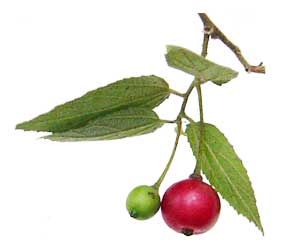You need to get paid, and that’s easier than ever thanks to today’s payment apps. Whether you’re accepting point-of-sale payments or getting paid online, the market is crowded with apps that will help you get your money. Here are a few of the best options:
Square
If your business depends on point-of-sale purchases but you have a limited budget for payment systems, Square could be a life-saver. Plug in a small card-reader to your smartphone or tablet, and you can swipe credit cards and process payments just like any established retailer.
You don’t have to be connected to the Internet, you can use email or text messages to send receipts, and the system can even allow customers to leave a tip of 15%, 20%, or 25%.
There is no monthly fee; instead, you’ll pay 2.75% of each transaction, or a bit more if you have to manually enter payment information instead of swiping.
PayPal Here
PayPal Here operates a lot like Square — you use a small card reader with your device to receive payments.
Each swipe costs 2.7%, which is a bit lower than Square. However, PayPal Here has a few added features, including the ability to process checks, electronic invoices, and payments from a customer’s existing PayPal account.
One potential downside is that you won’t receive your payments directly in your bank account — you’ll get it in your PayPal account, and will then have to transfer that to your bank account, which can take a few days.
Dwolla
Dwolla doesn’t offer a card swiper, but if your business doesn’t rely on point-of-sale purchases, it’s a compelling way to accept payments via bank transfers. That’s because it’s free.
You can accept or request mass payments, set up recurring payments, and customize your fees. Dwolla’s basic services are free, while enhanced business versions with features such as faster transfers and higher transaction limits start at $25 per month.
























